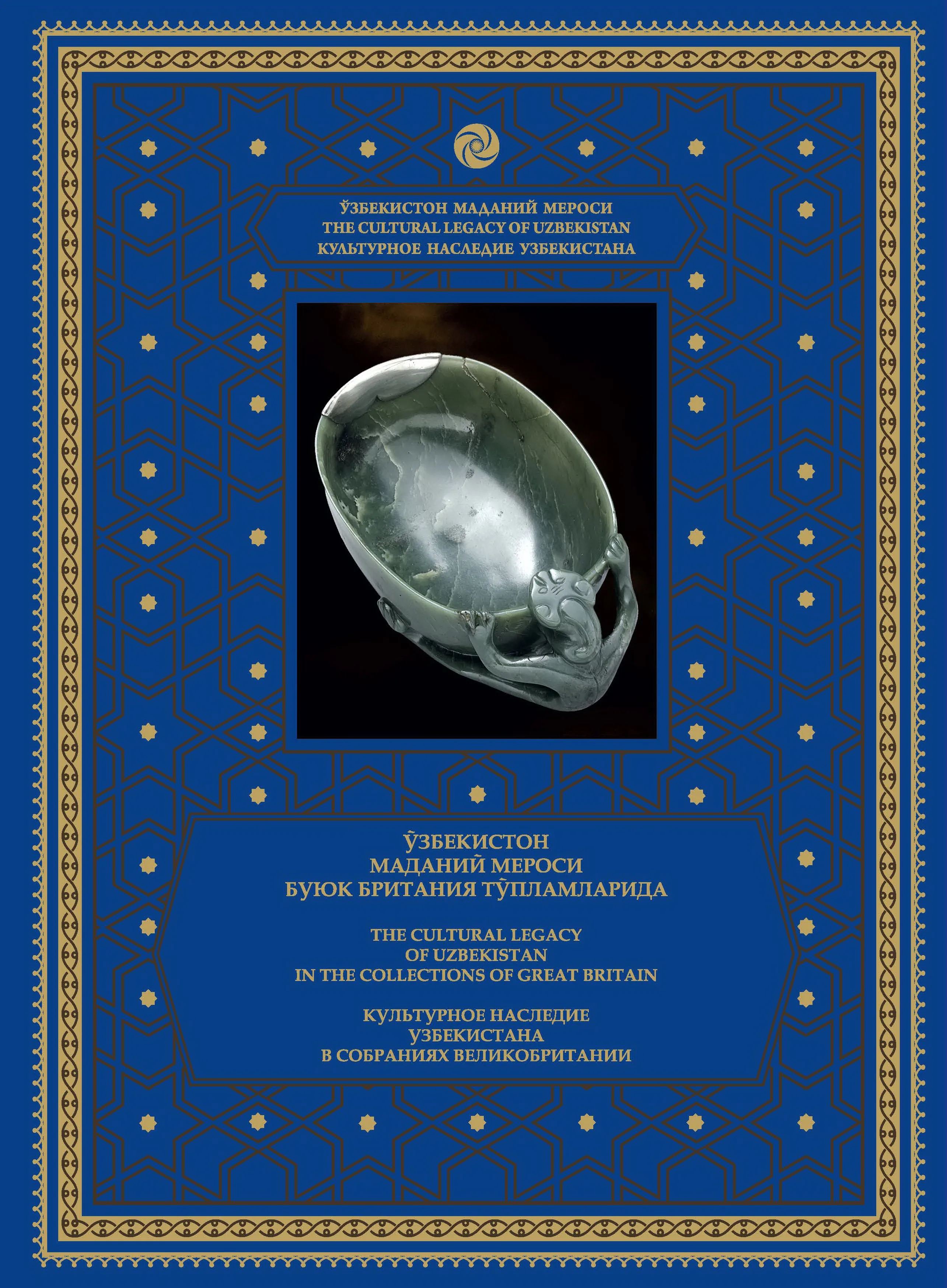THE CULTURAL LEGACY OF UZBEKISTAN IN THE COLLECTIONS OF GREAT BRITAIN
Description
The museum collections of the United Kingdom are a real treasure trove of artifacts, among which there are also unique items originating from Uzbekistan. The Uzbek origin of some of them, however, is uncertain. These include the cup of Ulugbek, the famous Temurid ruler, "the scientist on the throne" – mathematician, astronomer and patron of sciences, stored in the British Museum. The origin of the bowl was for a long time the subject of academic debate. That was because jade, from which the bowl is made, is usually associated with China, where the manufacture of objects from this mineral was developed. However, at the moment, the prevailing version is that the bowl was created by a local craftsman in Central Asia. In addition to this masterpiece, the volume presents exhibits of Uzbek origin from the Ashmolean Museum of Oxford University and the Public Museum in Glasgow, where the suzani are kept as part of the Burrell Collection. Each of the monuments is interesting in its own way and reflects the great interest that the United Kingdom has historically shown in the diverse culture of the peoples of Uzbekistan.

